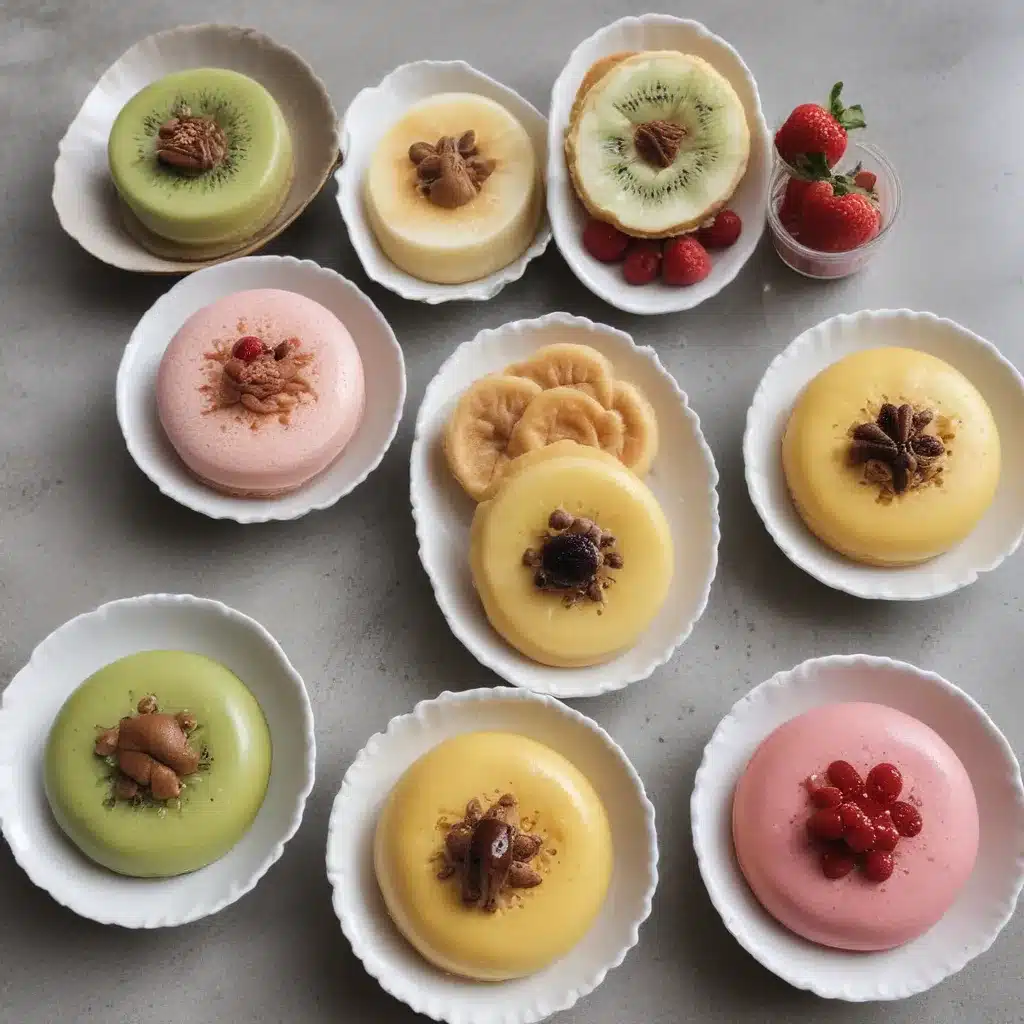
The Nostalgic Allure of Korean Rice Cakes
Growing up, the arrival of Korean holidays like New Year’s and Chuseok (Thanksgiving) meant one thing for me: mountains of fluffy, chewy rice cakes. These sweet, sticky treats were a staple on our family table, and I eagerly anticipated sinking my teeth into their tender, gooey interiors. [1] However, as an adult living far from my hometown, I found that the rice cakes available in my new city just couldn’t compare to the ones I remembered. They lacked the authentic, homemade touch that made the rice cakes of my childhood so special.
Determined to recapture that nostalgic flavor, I decided to take matters into my own hands and learn how to make traditional Korean rice cakes from scratch. At first, I was intimidated by the idea – after all, these were the delicacies that had been revered in my household. [1] But as I dove into researching recipes and techniques, I quickly realized that these seemingly complex confections were actually quite simple to prepare at home.
Unlocking the Secrets of Chewy, Homemade Rice Cakes
The secret to truly authentic Korean rice cakes lies in the use of glutinous, or “sweet,” rice flour. Unlike regular rice, this special variety has a wonderfully sticky, chewy texture when cooked. [2] Combining the sweet rice flour with just a few other key ingredients – boiling water, sesame oil, and a filling of your choice – is all it takes to create the base for these beloved desserts.
The real magic, however, happens in the shaping and cooking process. By hand-rolling the dough into small balls and then gently boiling them until they float to the surface, you can achieve that signature pillowy, bite-sized shape. [1] But the fun really begins when you get to stuff each rice cake with a delectable filling. Traditional options include sweet red bean paste, brown sugar, or my personal favorite – a homemade black sesame and date mixture that adds a rich, caramel-like flavor. [1]
Bringing the Flavors of Korea to Your Kitchen
Once you’ve mastered the basic rice cake technique, the possibilities for creativity are endless. You can experiment with different fillings, shapes, and even savory variations to suit your taste buds. [3] For a true taste of Korea, try kneading toasted soybean powder into the dough for a nutty, earthy contrast. [1] Or take a page from the hotteok playbook and stuff your rice cakes with a warm, gooey brown sugar and cinnamon center. [3]
No matter which direction you choose to go, homemade Korean rice cakes are sure to delight. Not only do they capture the authentic flavors of my childhood, but the process of making them is a true labor of love. There’s something incredibly satisfying about carefully shaping each individual dessert, knowing that you’re preserving a cherished culinary tradition. [1]
So if you, too, find yourself longing for the chewy, sweet comfort of Korean rice cakes, don’t be afraid to get your hands a little sticky in the kitchen. With a little practice and a whole lot of heart, you can create your own delightful “sweet surprises” that will transport you straight back to the bustling markets and family gatherings of Seoul.
Beyond Rice Cakes: Exploring the Breadth of Korean Desserts
Of course, rice cakes are just the beginning when it comes to the rich and diverse world of Korean sweets. From the crispy, honey-filled hotteok pancakes to the fragrant, sesame-studded yaksik, there’s a whole universe of traditional Korean desserts waiting to be discovered. [2,3]
Take, for example, the delicate Korean-style mochi known as “songpyeon.” These crescent-shaped rice cakes are typically filled with a sweet, nutty paste and often decorated with gorgeous patterns. [4] Or venture into the realm of tofu-based treats, where the firm, savory cousin of the bean curd is transformed into a delightfully sweet and crunchy delicacy. [4]
And let’s not forget the endless array of Korean pastries, from the flaky, peanut-studded soboro bread to the meticulously crafted mintay snowman marshmallows. [5,6] Each one offers a unique twist on familiar flavors, infusing traditional Korean ingredients like red beans, pine nuts, and jujube into unexpected – yet utterly delectable – creations.
Discovering the Joys of Korean Desserts, One Bite at a Time
Whether you’re a seasoned connoisseur of Korean cuisine or a newcomer to these unique culinary delights, I can assure you that exploring the world of homemade Korean desserts is an experience you won’t soon forget. From the first moment you sink your teeth into a pillowy-soft rice cake or bite into a crisp, honey-coated hotteok, you’ll be hooked.
So why not embark on a sweet adventure and see what kinds of delightful surprises await in your own kitchen? With a little exploration and a whole lot of heart, you just might find that the flavors of Korea are the perfect addition to your dessert repertoire. [7,8] After all, isn’t that what the best sweets are all about – capturing the essence of a cherished tradition and sharing it with the world, one blissful bite at a time?
